In life, one way or the other, you have probably eaten broccoli. After all, broccoli a superfood! One cup is chock-full of antioxidants, vitamins, minerals, and fiber.
But, do you like broccoli? Do your eyes convey the same longing as Louie when viewing this cruciferous vegetable? The answer behind why you like broccoli –or force it down– is rooted in science: the science behind acquired taste!
THE SCIENCE BEHIND ACQUIRED TASTE
First of all what is acquired taste? Miriam Webster defines acquired taste as : something or someone that is not easily or immediately liked or appreciated.
In our case, we’re talking about food items that we come to like over time. But why?
HUMAN TASTE PERCEPTION
The great range in human taste perception between people makes taste unique among the senses! Sensitivities of vision, hearing, touch, and smell vary too, though only modestly from person to person. To survive, our ancestors needed to live in basically the same sensory world as today. We’re all fragile, warm-blooded bodies, after all.
Olfaction gets a protective nod, without question. While olfaction is specialized in the detection of volatile chemicals around us, taste is restricted to the detection of contact-chemicals.
The tongue acts as one of our gatekeepers by helping us distinguish between good and noxious substances and consequently guiding our food choices.
TASTE AND SMELL
Through the process of evolution, the perception of taste (along with smell) provides humans with a dietary advantage. Today, taste may indicate whether a particular food is corrupted and potentially harmful for consumption.
Kevin (below) will survive to tape another episode of The Office!
Smell is key and intertwined with taste, but exploring these interrelated senses would make this post WAY too long.
THE SCIENCE BEHIND ACQUIRED TASTE
‘Gustatory chemosensory perception’ is a mouthful! This means discerning taste stimuli. (stimuli = food and drink)
Taste chemically tests everything that enters our mouths. That’s why taste was molded by what our ancestors consumed over the eons.
Taste doesn’t live in one sensory world!
This is especially true of the taste we call bitter.
BITTER FLAVOR RECEPTORS
BITTER ORIGINATED AS A BIOLOGICAL WARNING SYSTEM TO KEEP TOXINS OUT OF OUR BODIES!
Sea anemones, which first appeared 500 million years ago, sense and vomit bitter substances! Fruit flies and even bacteria can detect bitter compounds.
The bitter taste receptor has been found and named TAS2R38. It’s located on chromosome # 8, but not everyone has this gene!

Taste is not universal!
What an interesting fact! This seems intuitive, but this notion was not conclusively proven until the 1930s.
Taste is an inherited trait, proved by Augustinian monk Gregor Mendel. Inherent traits range from flower colors all the way to baldness!
TASTERS AND NON TASTERS
Initially, there were ‘tasters’ of the bitter gene and ‘non-tasters.’ With human spread across our globe, different habitats and climates led to different food choices. Survival challenges grew the division between tasters and non-tasters.
Depending on where populations migrated to factored into how this gene evolved.
Not all bitter compounds are poison. Willow bark has a bitter compound, salicin. Salicin, the precursor of aspirin, is useful as an analgesic, anti-inflammatory agent, and antipyretic. (Lots of As!)
Some forms of bitter insensitivity enhance survival, too!
COFFEE AND CHOCOLATE!
The reason coffee is ‘an acquired taste’ is that coffee has several bitter compounds. Most notable is caffeine! (more on the science of coffee and caffeine here!)
Raw coffee beans don’t have much taste. Roasting the beans is what teases out the bitter flavors. It’s a delicate process, so finding a balance is key.
Cocoa beans are the opposite. Raw, they’re quite bitter. They have different flavor profiles, depending on where they’re grown, dried, and fermented. Hence the vast array of different chocolate flavors!
One of our ancestors stuck with it though. Maybe someone without the bitter gene! Click on that press pot for a post about making a perfect cup of coffee!
BITTER RECEPTORS WARD OFF INFECTIONS
SWEET RECEPTORS
I think you’ll all agree that sweetness is a powerful motivator!
Because sugars are so useful, it’s rare to find them in concentrated forms within nature. Nature spread the wealth! Hence, most animals don’t need concentrated sugar. Including us!
(You won’t find any of the desserts below hanging from a plant!)
OK, yes, I ate the missing cinnamon roll.
This, it turns out, has backfired.
When you take the sugar out of its natural sources (fruits, for example) you are missing out of a multitude of fibers, vitamins, enzymes, and antioxidants that help to balance the sugar intake, and provide health benefits. You made a drug! Congrats!
WHITE GOLD
Called white gold by British colonists, sugar’s monetary value remains today. Sugarcane is the world’s third most valuable crop.
Dating over 2500 years ago there were parables about the Buddha enjoying sweet treats.
Medicine for our dopamine receptors!
SWEET RECEPTORS AND DOPAMINE
Studies have shown a link between sugar and dopamine. Dopamine is famous! Dopamine is a chemical that ferries information between neurons.
This chemical plays a role in how we feel pleasure and happiness. Dopamine is a big part of our unique human ability to think and plan: it helps us strive, focus, and find things interesting.
When we eat sugar, the sugar molecule locks onto the dopamine receptors. Dopamine is released, reminding us that we feel good.
This is a perfect example of the phrase too much of a good thing can <whatever the end of the phrase is.>
I’m not going to preach to you about the evils of excessive sugar consumption and how it wreaks havoc on our bodies, including teeth. Moving on…
UMAMI RECEPTORS
Umami is real!
Controversy surrounded the idea of umami as a primary taste until tas1R1 + tas1R3 was shown to code for the umami receptor, proven in 2007.
In retrospect, this makes a lot of sense. Our umami taste receptors are urging us to seek out these essential foods. In case you’re wondering, here’s a short list….
Garum, (gah-room) a fishy sauce beloved by ancient Greeks and Romans, is either a cooking sauce or condiment. Whatever you call it, researchers agree that garum is extinct.
Enter a discovery of sealed vats in 2009 at Mt. Vesuvius. Now scientists are attempting to recreate garum.
The first sauce above is one of their efforts. But Flor de Garum is, ‘very salty, very concentrated.’ And after cracking open the Red Boat sauce for the first time, I am not going near Flor de Garum!
T1R1 GENE CODES UMAMI TASTE RECEPTORS
Herbivores such as giant pandas have lost functional versions of the T1R1 gene codes for umami taste receptors. (article here). This is why you often see pandas enjoying bamboo instead of steak.
SALT RECEPTORS
Salt receptors are divided into two types, based solely on salt concentration. Salt concentration? That’s interesting.
As late as 2016, using poor mice again, scientists discovered that salt receptors are subdivided into two separate populations, based on the size of the salt molecules we ingest.
The reason we have two types of salt receptors is –clearly– to keep us from eating too much.
In 2019, a study using healthy adults showed that subjects who were less sensitive to salty taste reported consuming more bakery and salty baked products, saturated-fat-rich products, and soft drinks than hypersensitive subjects. (OUCH!)
For a more sensitive palate, eating less salt is an intuitive choice. (Not to mention the health issues!)
SOUR RECEPTORS
Sour taste detection functions as an important sensory input to warn against the ingestion of acidic food sources,(more here) meaning, unripe and spoiled.
It would follow that scavengers, also known as carrion eaters, don’t have this receptor!
THE FIVE TASTE RECEPTOR TYPES ARE NOT JUST ON THE TONGUE
The receptors for bitter, sweet, and umami are not limited to the tongue!
These receptors are also found in the intestines, stomach, pancreas, respiratory tract, and even sperm! (This can be cited in many articles but here’s one for you.)
Pathogens, tumors, and allergens are detected with great sensitivity and specificity by the immune system. Considered a sixth sense by some, the immune system is a means to signal and mobilize the body’s response to invasion.
Understanding how and why the immune and nervous systems communicate in a bidirectional pathway has been fundamental to the development of the psychoneuroimmunology (PNI) field. Taste is a big part of self-regulation!
THE SCIENCE BEHIND ACQUIRED TASTE
As I’m sure you already concluded, our diet plays a big role in our taste receptors working the way they were meant to!
It is remarkable that food quality and intensity can be coded by just 5 basic tastes! And our individual coding is the backbone behind the science of acquired taste.
The science behind acquired taste is far more complex than I realized. (Which is why there are so many article links in this post!)
THE WHY BEHIND OUR FOOD CHOICES
Biochemists, anthropologists, and neuroscientists will continue to explore how we perceive taste. Chefs, agriculture and food technologists, and behavioral psychologists make contributions to the whys behind the flavor of foods as well.
One thing is certain; taste perception is as individual as we are!

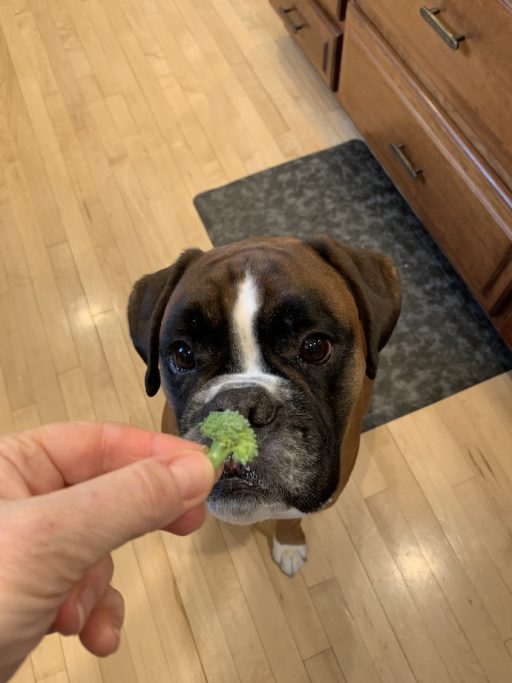
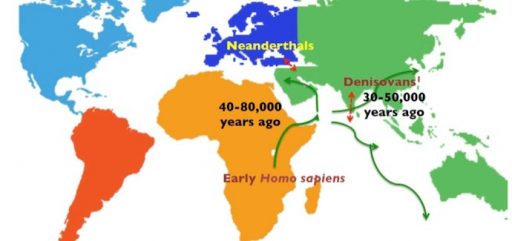






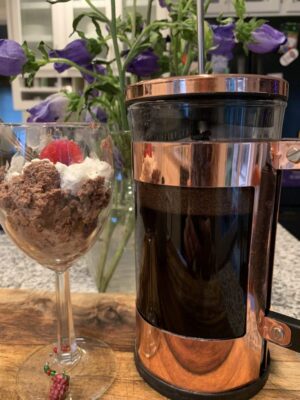

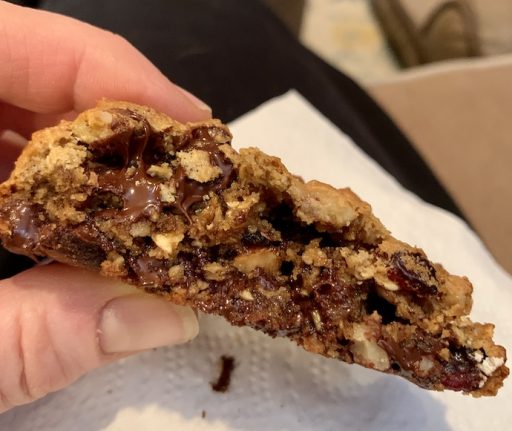

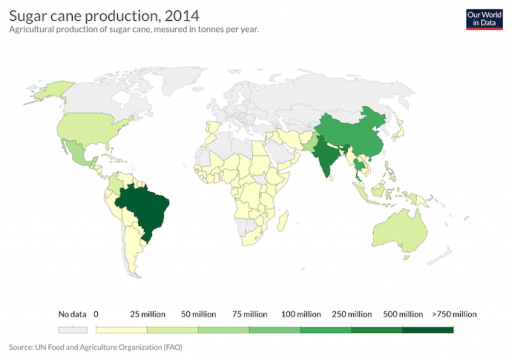
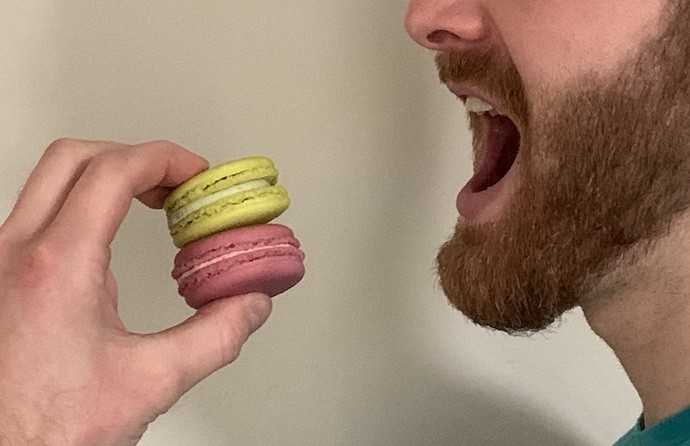
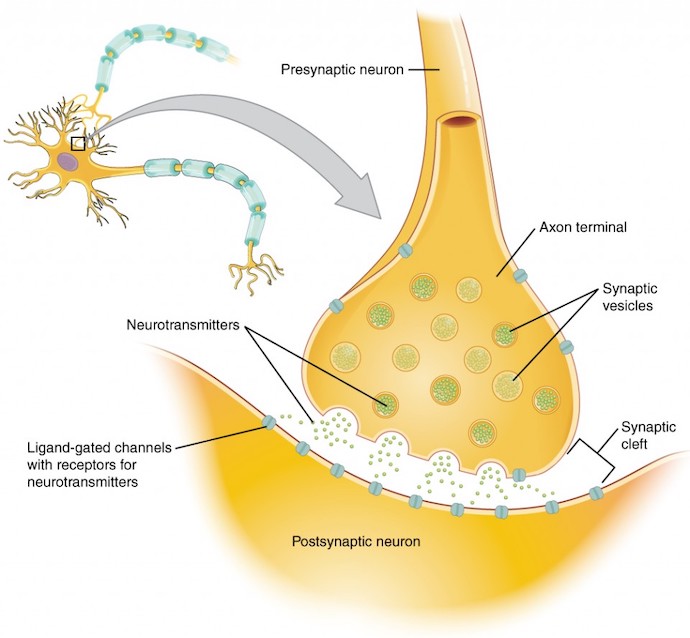
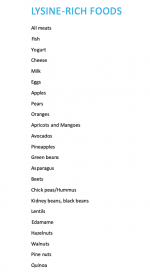
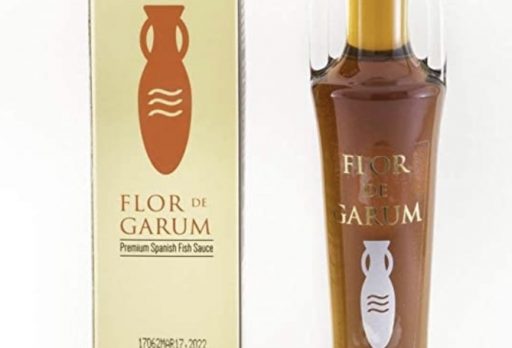
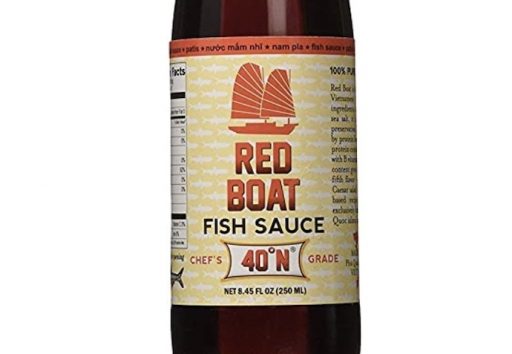

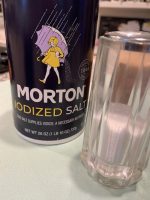
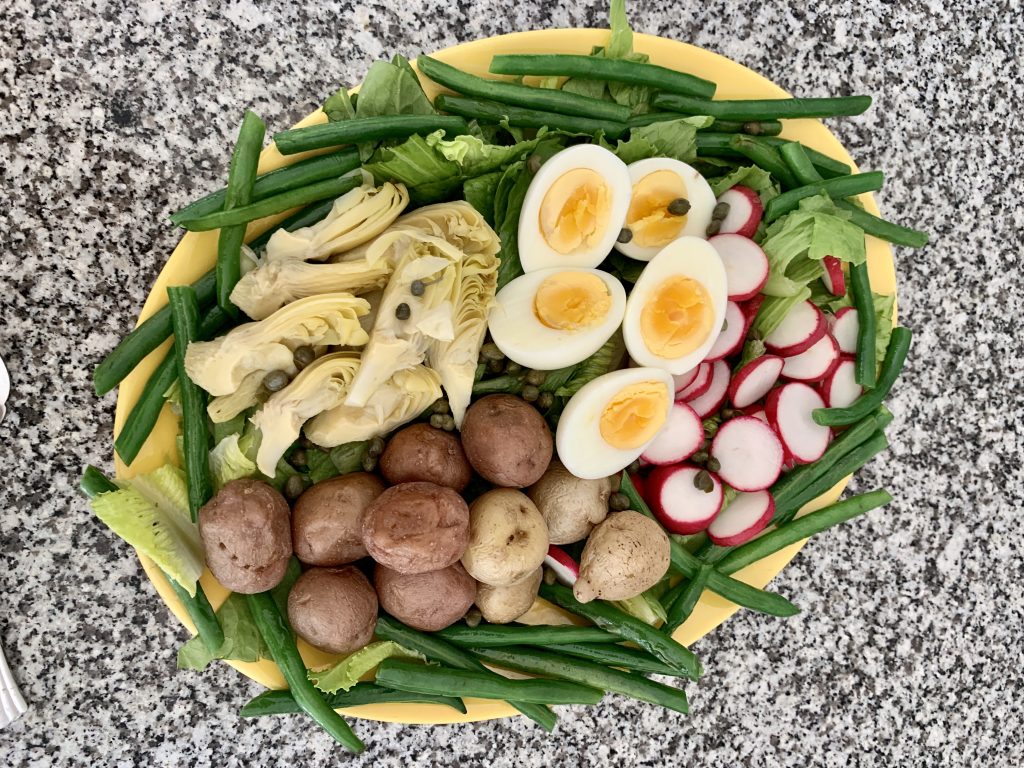




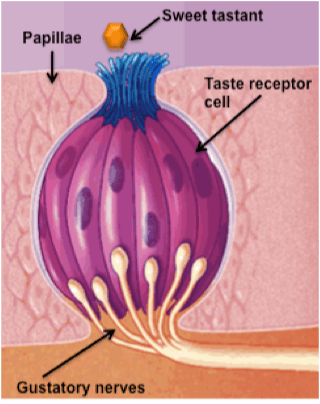



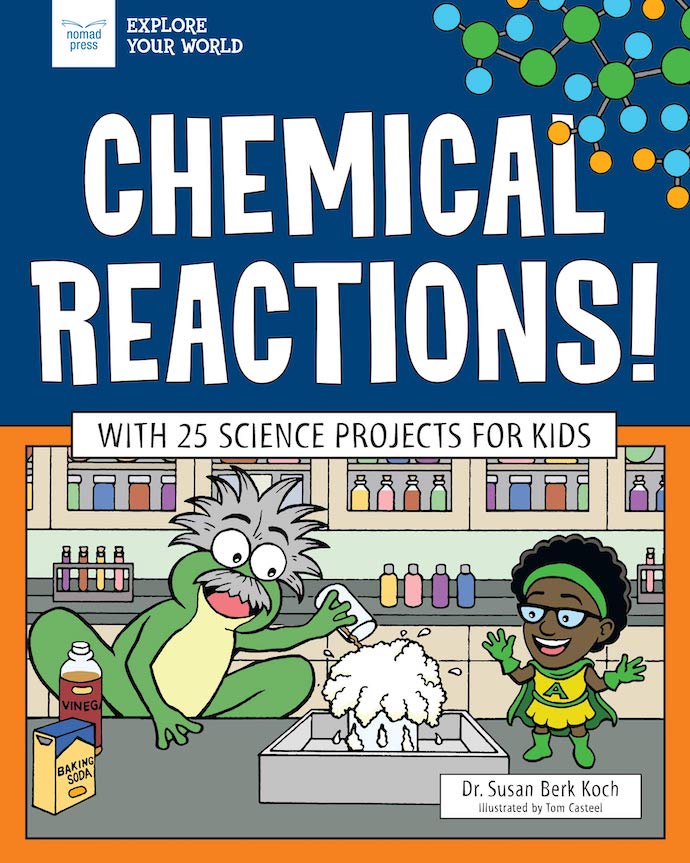



I absolutely love broccoli, I can’t wait to have some for Christmas Day, I never knew it was full of all that goodness though. Does go well in a cheese bake 😁
Nothing like a little cheese to balance out that flavor! Thanks.
This is so interesting I had no idea about the science behind all this. Also I love your dog!! Emma x
Thank you! Louie’s a sweetie.
Oh wow I had no idea about any of this, such a fascinating post. Thank you for sharing!
Tash – A Girl with a View
I’m happy that you found it fascinating! Thanks.
Surprised to see you use the term, “superfood” as that’s just a marketing ploy to sell a new fruit or vegetable every year or so.
A few years back I went to a beer making class with my partner and their parents. We were given a job to to chew and taste which was meant to be sweet. I was the only one that couldn’t taste any sweetness, it just tasted like flour to me. It was suggested that I lacked the enzyme that breaks down food so I’d be able to taste sweetness in foods, which would explain a lot about my eating habits if true
Yes, I did succumb to the ‘superfood’ ploy, sorry! (Broccoli has a lot of benefits, though) So intriguing about your taste perceptions! Maybe you were eating a lot of sugar at that time and fatigued your receptors? Has this changed since you took the class?
I have a long history of issues with food, and about 20 years of having an eating disorder, which I blog about. The one consistent thing is that a lot of dishes I try all taste the same and are all a bit bland. Also, what most people I know taste is being super sweet isn’t that sweet to me, meaning I tend to eat a tonne of sugary stuff, at least during my binge eating stage of my eating disorder
I’m sorry to hear about your issues. It would be interesting to see if you’re missing a few of the receptors I discussed above. I hope you’re doing better now!
Great post as always. I WISH I looked at broccoli like Louie 😉
HAHA! You clearly have a strong set of bitter receptors! Thanks.
This was an excellent post. Lots of good information but made me laugh a lot especially Louis and Kevin. This doesn’t mean I’m gonna change my salt consumption but I can blame it on my parents at least. Keep up the good work. Love seeing these every couple weeks. Mike
Blame your parents? What a great idea! ha Thanks so much, Mike!
There’s a lot I learnt from this post. I love cooking broccoli and I didn’t know anything about it.
I’m happy that you learned a lot from my post. I cook with broccoli quite often too. It’s so bright and beautiful. Thank you!
A very interesting post! I think it fascinating that individuals have different perceptions of what food and drink tastes like.
I found it fascinating, too! Thanks so much.
What an interesting post! I never knew about all the science behind this!
Thank you so much! I’m glad you found my post interesting!
This is very interesting and so true. I love to eat healthy and so somehow I have trained myself to see all healthy foods as delicious and unhealthy foods as disgusting. I wasn’t always like that but I had issues with my stomach for years and then when I changed my eating habits it all changed. Now I see certain foods and it is associated with a stomach ache so I no longer desire them. Thanks for the insight!
Great news that you have your stomach issues under control and you’re maintaining a healthy balance. You must have the cleanest taste receptors in town! Thanks so much.
This is such an interesting post. I have always been fascinated with how one person can love the taste of something whilst the next hates it. It was really interesting to read the science behind this.
Exactly! I’ve always found these perceptions intriguing too. Thank you so much.
I loved reading this! What an interesting topic, thank you for breaking down all of the science of it! 🙂
You’re so welcome. Thank you for taking the time to comment. It gives me a dopamine rush! (There’s more than one way to those receptors! ha)
I had no idea about this! Definitely learnt something new today – such an interesting post xx
http://www.dellalovesnutella.co.uk/
Thank you!
Great post, again, Sue. Now I have a better clue why I don’t like Spicy foods and so many other people do. Keep these coming.
Thanks, Amy. You must have a hypersensitivity to capsaicin too! (the molecule that creates the spice in spicy foods!) Since spicy is not one of the five main receptors, I didn’t cover it in this post. Interestingly, birds do not have any response to capsaicin, enabling them to transport the seeds.
Capsaicin is nonpolar, meaning doesn’t dissolve in water. That’s why drinking water does nothing to alleviate the heat. Maybe you’re a supertaster for bitter, too!
I can’t think of a single food that I don’t like. I like cilantro, broccoli, salty, sweet, spicy. I never understood how people can be so picky. Starting to make sense now though. Great info!
How intriguing! You must have balanced receptors, nothing on the higher sensitivity end? (I’m just guessing of course) The fact that genetics plays a role in taste perception makes a lot of sense.Thanks, Brooke.
I absolutely love reading all the science behind things — and this did not disappoint! It makes me realize a lot of things about my own eating habits — thanks for sharing!
You’re welcome! I’m happy that it makes sense to you. Thanks!
Very interesting, Sue. You’re reminded me about the salt, sour, sweet and bitter tongue receptors. And that it’s possible to trick them if you place something salty on a sweet receptor, for example. Thank you for the trip down memory lane – and for such a detailed post!
You’re so welcome! I did read several articles about ‘tricking’ ones’ receptors. (This post was getting so long that I had to make choices to omit some fun topics, alas!) I’m glad you enjoyed it! Thanks.
Interesting post! Thomas Aquinas was obviously a smart man LOL Like a wily four year old 😉
Ha! Exactly. Thanks so much!
I always wondered why my taste in food changed overtime. I remember when I couldn’t stand the taste of lentils or tomatoes! Many years later, they have become my favorite food and snack. I didn’t have the same luck with peanut butter though. I still can’t eat it hahah
Like all sprouts, lentils tend to be bitter, which may mean you have super sensitive bitter receptors. Peanuts are legumes, related to lentils and soy. So that makes sense to me! Tomato acidity that could be a factor, too? Very interesting! Thanks for sharing your preferences.
I didn’t know there was so much science behind acquired taste! So cool and informative. Thanks so much for sharing all this!
You’re welcome! I’m astounded by the science too. Thanks!
This is all super interesting to me! I remember learning about the purpose of taste and how those sensory receptors worked way back in college when I was earning my anatomy & physiology degree.
I took an ancestry DNA test last year and the bitter sensitivity gene was one of the traits that they showed in the results. I didn’t have the bitter sensitivity, which I guess is why I love bitter things like IPA beer, black coffee, and iced unsweetened black tea – I’m not overly sensitive to them.
Wow, that’s so interesting, Clarissa! They coded for bitter genes and you know you don’t have them. This is far healthier for you, not to need refined sugar for bitter drinks like coffee and black teas. I’ve fought to acquire my taste for black coffee and to stop adding sugar to my tea. I hypothesize that’s because I carry bitter receptors. We’re opposites! Thanks so much for sharing your experience with bitter sensitivity!
This was really interesting. As a foodie, I think a lot about preferences and what makes some people love what others hate. I love broccoli, and coffee. Not a huge fan of the bitterness of raw cacao though!
I doubt many people are fans of raw cacao! (except the ancient Aztecs!) It sounds as if you carry at least some of the bitter gene. Thanks so much!
It’s so interesting to learn about these amazing facts Susan particularly how scavenger animals can eat rotten foods cos of the absence of sour receptors and how we’ve got taste receptors in weird places like our intestines and sperm! LoL.
I agree with taste receptors being universal and quite different. In Nigeria, a lot of foods are spicy especially in the South West. Foreigners may try these meals and complain of hotness but locals, not so much.
Apparently, that explains a lot. Thanks for sharing.
I find that sour receptor fact about scavengers amazing, too! Regional differences in taste receptors are intriguing. I didn’t know much about Nigerian cuisine. So locals have acquired a taste for spicier foods or their receptors are sensitized. Maybe both? Thank you so much.
You’re welcome
What an informative post. I learned new things from reading this post. Thank you for sharing.
Thank you for stopping by!
Thanks for another great post, Sue. This should be a book!
I don’t know about that but thank you, Eva!
Some things my wife introduced me to like Rapini were very disgusting at first, but after 25 years of marriage, I love it. Now I understand why
How interesting. Not sure I’ve got the acquired taste to rapini just yet! Thanks.
Fun post! I had heard that mushrooms are also considered an umami flavor, especially shiitake mushrooms, darker mushrooms, and cooked mushrooms.
I didn’t realize that but I agree, some varieties of mushrooms have a dense flavor. I’ll need to look into this further. Thanks so much.
What an informative post! I especially loved the mention of why Pandas are often seen eating bamboo! Thanks for sharing! 🙂
I found the panda fact intriguing too! Thank you so much!
The idea behind the acquired taste is interesting. For me, it just means it tastes bad until you get used to it. Totally agree though – I love sushi but a lot of people don’t seem to enjoy the taste at all.
Nancy ✨ mdrnminimalists.com
It is an intriguing and complex science! I like sushi too. Thanks!
My tastebuds have definitely changed over the years… Tomatoes and baby corn were a big no-no for me for YEARS, but then only this past year when I tried them again – that I realised I’ve missed out on so much!
Also – your blog is super cool and unique!
How interesting. Tomatoes are acidic so that could have been off-putting for you but I’m unsure about corn! Nice that you’ve eased into eating them. Tomatoes have lots of vitamin A and C! I’m excited that you like my blog! Thank you.
COVID-19 has really brought changes to taste and smell to the forefront. The diminution or elimination of tasted and smell can be a very serious complication in a person’s life, even if they don’t suffer from other serious complications of the virus.
This is a sobering concern. I’d avoided the pathology taste receptors, and how covid-19 affects taste because the science behind it is in flux. The loss of taste can have devastating effect on a person’s happiness and well-being. Thank you for pointing this out!